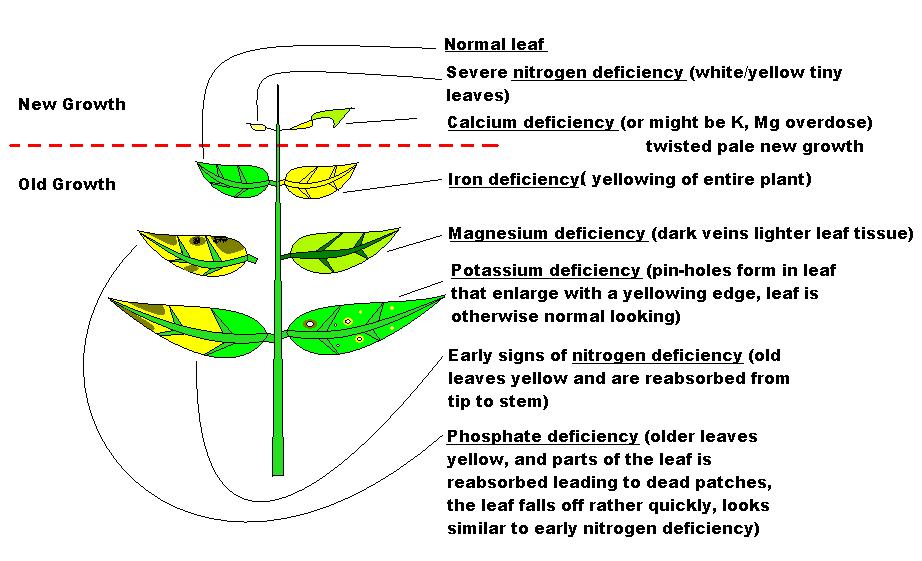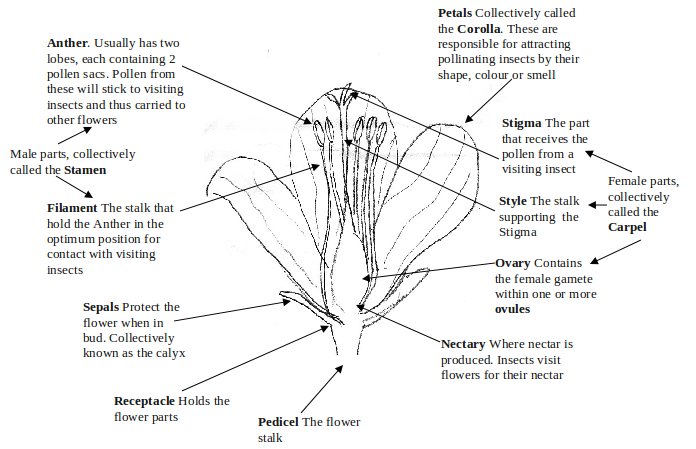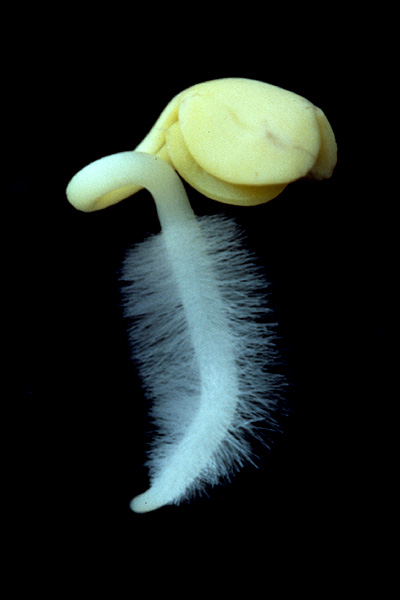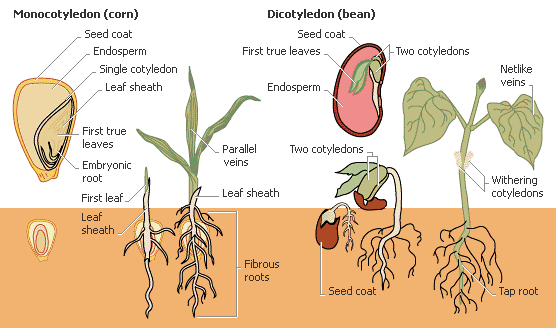|
|
|
Here are the main parts of the plant. Click on the image for a more detailed document.
|
|||||
 |
Photosynthesis means to make with light. This video and animation should help with your understanding of th![]() e process. You will not need to remember the symbol equation in the song.
e process. You will not need to remember the symbol equation in the song.
In most plants, glucose is converted to starch which can be tested for using iodine solution .
This video helps to explain the process required to test a leaf for starch. several important things to remember are:-![]()
a) alcohol is flammable so an important safety note is to make sure that all Bunsen burners are off.
b) ethanol boils at 78 degrees Celsius so even after the water is no longer boiling and the temperature has dropped by even as much as 10 - 15 degrees Celsius, it is still above the boiling point of alcohol so placing a test tube of ethanol into it will cause the ethanol to boil.
photosynthesis is vitally important as it is this process that provides all the oxygen on this planet as well as food for other living organisms. Plants still need oxygen for respiration
how to perform a controlled experiment to show that light is needed for starch production by a potted plant
The leaf produces new material for growth as it uses photosynthesis to produce glucose. It can then use glucose when it respires like animals do to grow.
Mineral salts are nutrients which are needed for healthy growth. Nitrogen and other elements, in addition to carbon, hydrogen and oxygen are required for plant growth. These need to be in the form of mineral salts for the plant to make use of them. Poor growth results if a plant is deprived of these.

You need to know the name and function of the parts of a flower.

sexual reproduction occurs in flowering plants
pollination is the transfer of pollen from an anther to a stigma.

fertilisation is the fusing together of the male and females sex cells which produces a fertilised egg and then a seed
Fruits are a method of spreading seeds. this video shows fruit formation
![]()
Seeds need to be dispersed to minimize competition for resources of the new plants with the mother plant. These two videos show how this is done.


